
The Alice Comedies are a series of live-action animated shorts created by Walt Disney in the 1920s, in which a live action little girl named Alice and an animated cat named Julius have adventures in an animated landscape. The shorts were the first work by what ultimately became The Walt Disney Company.
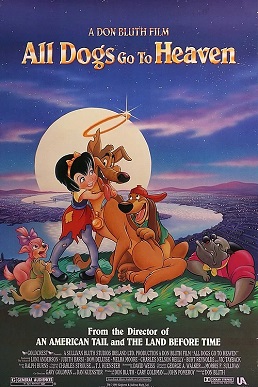
All Dogs Go to Heaven is a 1989 animated musical fantasy comedy-drama film directed by Don Bluth and co-directed by Gary Goldman and Dan Kuenster. Set in New Orleans in 1939, it tells the story of Charlie B. Barkin, a German Shepherd that is murdered by his former friend, Carface Carruthers. Charlie escapes from Heaven to return to Earth where his best friend, Itchy Itchiford, still lives, in order to take revenge on Carface. Instead, he ends up befriending a young orphan girl named Anne-Marie. In the process, Charlie learns an important lesson about kindness, friendship and love.

Pixie and Dixie and Mr. Jinks is one of the three segments of The Huckleberry Hound Show. This show was produced by Hanna-Barbera Productions between October 2, 1958, and October 13, 1961, and consist of 57 episodes.
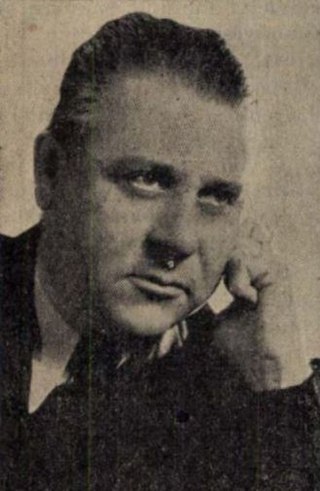
István Fekete was a Hungarian writer. He wrote several youth novels and animal stories.
Attila Dargay was a Hungarian comics artist and animator. He was born in Mezőnyék.
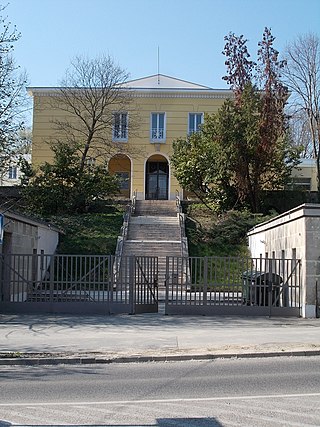
Pannonia Film Studio was the largest animation studio in Hungary, based in the capital of Budapest. It was formed in 1951, becoming independent in 1957. The studio is said to have closed sometime around 2015.
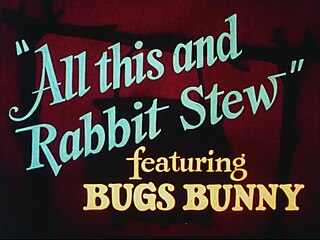
All This and Rabbit Stew is a 1941 Merrie Melodies cartoon directed by Tex Avery. The cartoon was released on September 13, 1941, and features Bugs Bunny.
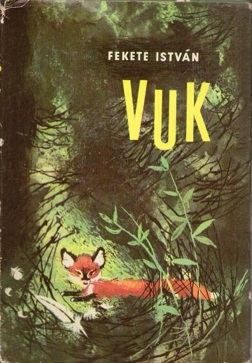
Vuk is a 1965 children's novel by Hungarian writer István Fekete about the life of a young red fox.

The fox appears in the folklore of many cultures, but especially European and East Asian, as a figure of cunning, trickery, or as a familiar animal possessed of magic powers, and sometimes associated with transformation. Literature, film, television, games, music, and other forms of cultural expression may reflect the folklore image and reputation.

Ferenc Rofusz is a Hungarian animator. He is known for the 1980 Academy Award-winning animated short The Fly.
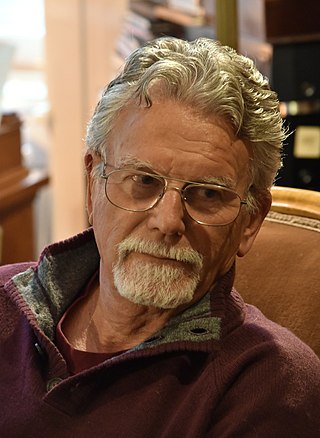
Marcell Jankovics was a Hungarian graphic artist, film director, animator and author. He is best known for the animated films Johnny Corncob and Son of the White Mare.

The Littles is an American animated television series originally produced between 1983 and 1985. It is based on the characters from The Littles, a series of children's novels by American author John Peterson, the first of which was published in 1967. The series was produced for the American broadcast network ABC by the French/American studio DIC Audiovisuel. It was post-produced by a Canadian animation studio, Animation City Editorial Services.
A Fox's Tale is a 2008 animated film. The film's original Hungarian title is Kis Vuk. It is the sequel to the 1981 film The Little Fox. The English-language voice cast includes Freddie Highmore, Miranda Richardson, Bill Nighy and Sienna Miller.

Foxy by Proxy is a 1952 Merrie Melodies cartoon directed by Friz Freleng. The short was released on February 23, 1952, and features Bugs Bunny and Willoughby the Dog, in the latter's last appearance. Mel Blanc voices Bugs Bunny, while an uncredited Stan Freberg voices Willoughby and one of the dogs that talks in the short. This cartoon is considered a remake to Of Fox and Hounds from 1940; in fact, the opening sequence was "borrowed" directly from the original.
The history of Hungarian animation begins in 1914 and carries through to the modern day. Starting with short promotional cartoons prior to the two World Wars, Hungarian animation underwent a sporadic and halting development during the turbulent war years which were characterized in large part by the emigration of much of the field's top talent. This exodus slowed dramatically during the 1950s when the Hungarian Communist Party took power and the Iron Curtain took shape.
Gustav, also known as Gustavus, was a Hungarian series of animated short cartoons for adults.
Johnny Corncob is a 1973 Hungarian animated adventure film directed by Marcell Jankovics.
Events in 1927 in animation.
Habfürdö is a 1979 Hungarian experimental animated film musical from Pannonia Film Studio directed by renowned painter György Kovásznai.












